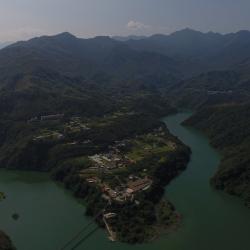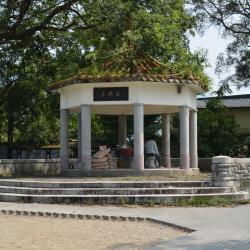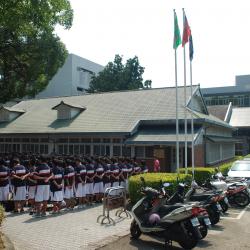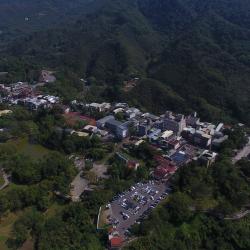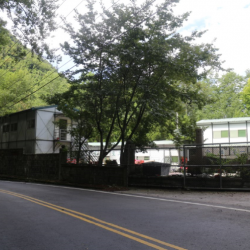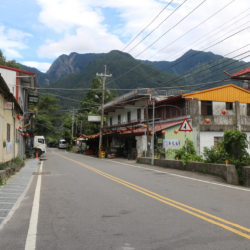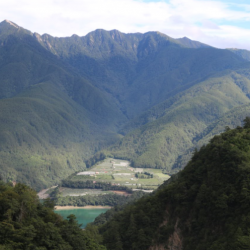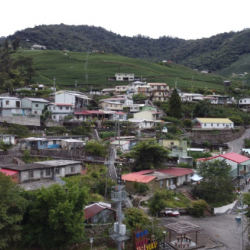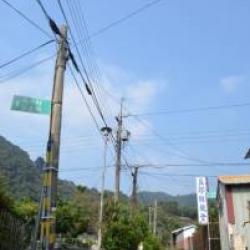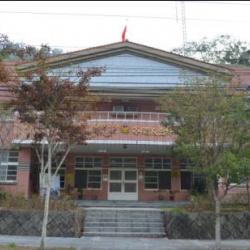Xikoutai is located on the river terrace at the Dahan River mouth, opposite Jiaobanshan in Fuxing District, Taoyuan City. It is 400 to 500 meters above sea level and is divided into two terraces. The traditional Atayal name for the place is Rahaw or Takan, which means extended stairs. According to legend, there are two origins of how the name Xikoutai came from. The first one is literally the terrace at the mouth of Dahan River (Xikou means river mouth, Tai means terrace). The other saying is that when Chiang Kai-shek visited this place, he looked at Xikoutai from Jiaobanshan and marveled at the river mouth that looked like Xikou Town, his hometown in Fenghua County.
During the Japanese occupation, Taiwan’s Government-General once set up a fort on the opposite side of Xikoutai. Later, the Atayal tribe was collectively moved to the hamlet here. The Xikoutai paddy field that we see today was cultivated then.
